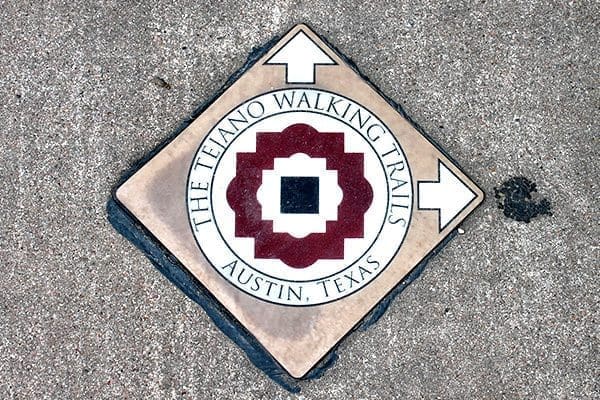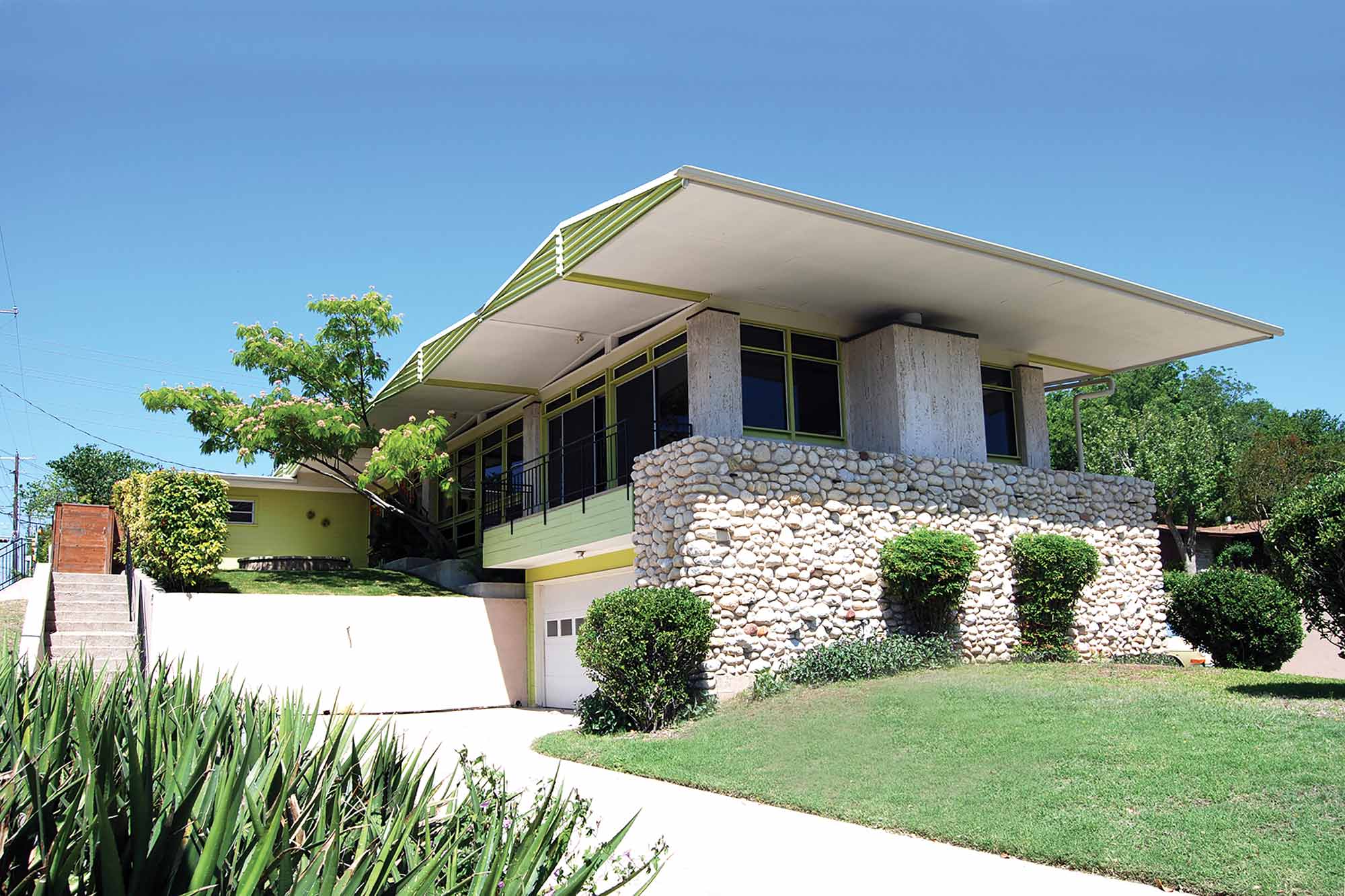Walking History

The Tejano Trails
Words by Mary Bryce Photos Courtesy of Tejanotrails.org
The east side of Austin has a long and complex history. In 1928, the City of Austin made access to regular utilities and services almost impossible for minority groups unless they lived in the area that is now east Austin.
Tejano Trails volunteer Lori Renteria notes that despite the changes that have taken place since, there are still parallels to 100 years ago. For instance, the train went through the area around East 4th Street, and many houses and businesses catered to the needs of travelers and workers, such as offering transportation to and from the train station. “Here we are 100 years later,” Renteria says, “where the rail and a lot of those houses still exist! They’re pedicab companies now, and the horse carriage companies are putting on their equipment in the same east corridor… We’re back to where we used to be. That’s really fascinating about that part of our neighborhood.”
“People wanted to go where they could go to church and school, and that’s how they migrated east,” says Vanessa Castro, the wellness and health program coordinator at the Mexican American Cultural Center. With aggressive zoning, the city actively prevented east Austin residents from having electricity, well-supplied schools and even paved roads. Indeed, much of the east side was unpaved even into the 1960s.
The quest for preservation and restoration of the Tejano Walking Trails began in 2007 by a volunteer group of east Austin residents who wanted to commemorate the history here and celebrate the beauty, culture and diversity that makes this area so special. Their goal is to preserve historic structures and affordable homes, educate the public on the historic significance in hopes of preserving old structures, and encourage a healthier lifestyle.
“The over-arching story of the Tejano Trails is of a community who comes together to provide for each other. And from that, so many activists are born. Many of whom are still alive today. If they had done what they did in other communities, they would be in textbooks.”
The Trails are split into three phases that focus on different aspects of local history such as affordable housing and transportation—issues that are still relevant today. Sites along Tejano Trails include churches, houses, parks and the Holly Power Plant. Additionally, the Trail of Tejano Music Legends, which was created in partnership with the Austin Latino Music Association, is 5.6 miles and covers seven sites, which feature gorgeous sculptures that are dedicated to each legend. The final phase of the trail will be completed in 2018.
Renteria noted that President Lyndon B. Johnson played a pivotal role in east Austin history by bringing services such as community centers to residents, as well as some of the “first senior living facilities and low-income housing in the nation.” The RBJ Senior Residential Center (which LBJ named after his grandmother) is a site on the trail and still in use.
Some have hoped that the Trail will encourage newcomers to preserve homes and businesses that have been important cornerstones in the community for decades. Castro says that many long-time residents have since moved simply because they can no longer afford to live here. However, not only has gentrification deeply affected the east Austin community as a whole, it has also affected the trail. “There are sites that were demolished long before the project came along, and there are sites that have been demolished since… That’s why it’s so important to tell these stories,” Castro emphasizes. “I don’t think that through the trail we’re going to end gentrification, but I think it’s a great step in preserving and encouraging newcomers to have respect for this really old community.”
Contact:
tejanotrails.com










